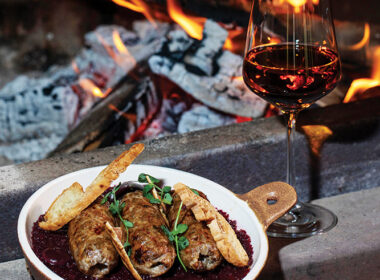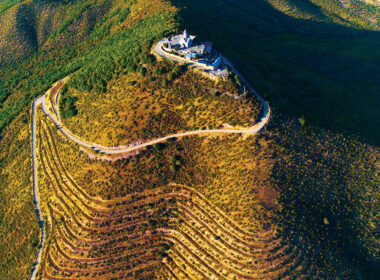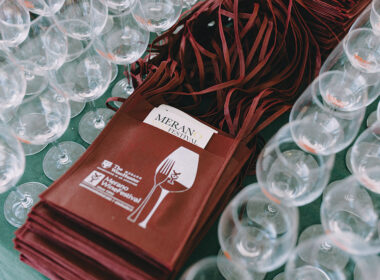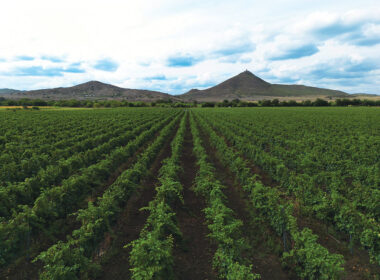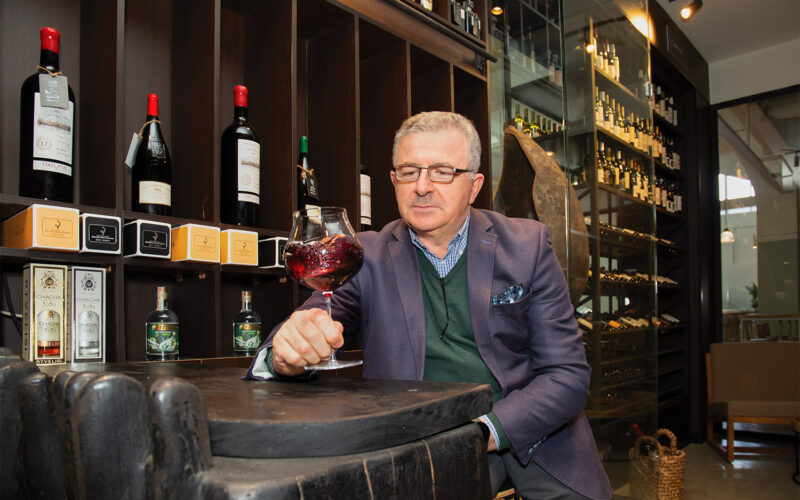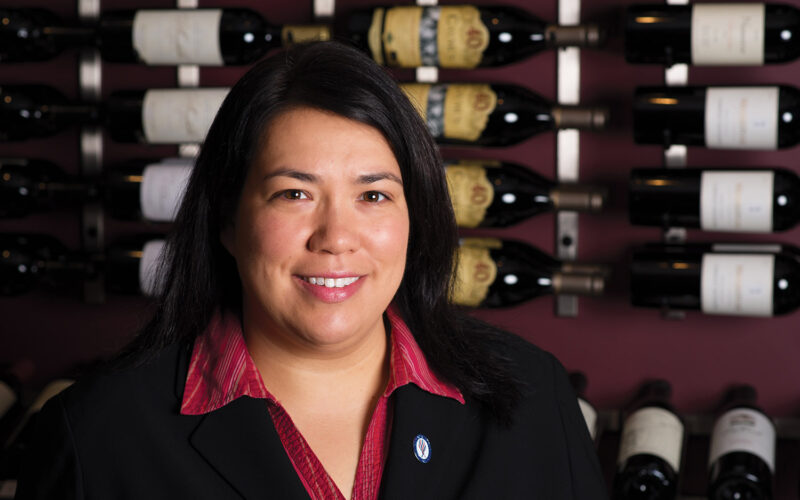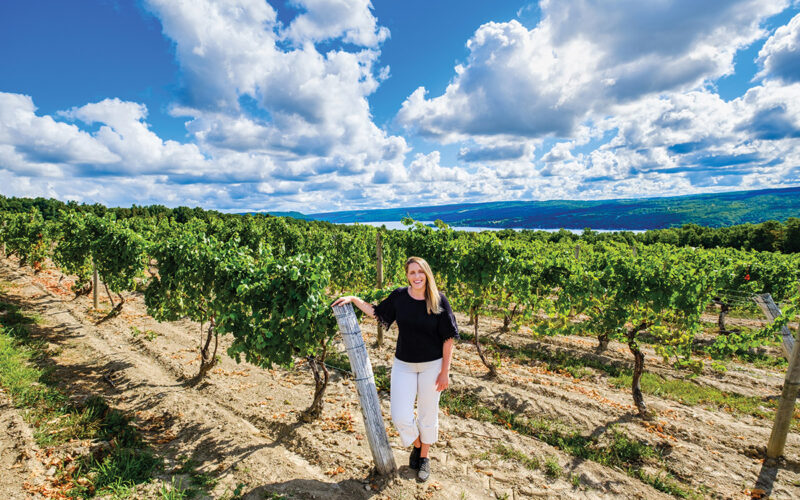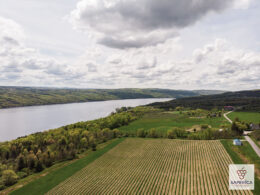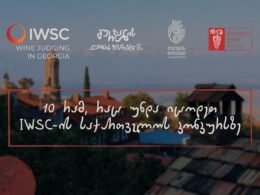Lado Uzunashvili | Oenologist, international winemaker, Ph.D. in Oenology
Saperavi was first taken out of Georgia in the 1870s. It arrived in France just as phylloxera and other diseases were emerging, forcing the French to start destroying all the imported varieties, including Saperavi. However, luckily, someone had a smart idea of taking it to the state of Virginia. Being hot and humid, Virginia did not appear to be the greatest place for Saperavi, thus, the variety continued its journey. After the First World War, it reached the collection fields of the University of California in Davis, which kept many varieties of the World. In 1954, Saperavi arrived in Australia and, since then, it has been going through phenogenetic changes in Australia’s climate for the last 70 years, obviously retaining the properties of phenotype it had collected while travelling through many climates of the World.
5 years ago, I returned this purely Georgian clone, which has travelled around the world and is free from Soviet influence, back to Georgia. The genome that left its origins 150 years ago is back to the same area it was taken from, which is now an Appellation of Controlled Origin of Mukuzani (more specifically Akhasheni, which is a part of this appellation). Today, this clone that saved itself from the Soviets by emigrating from its homeland, is back to Mukuzani, a crown jewel of Georgian winemaking.
The second route that Saperavi took is connected with Dr. Konstantin Frank. He exported it to the U.S. from the Soviet Union in the 1950s (as you can see, there were two paths this variety took to the United States). This variation of Saperavi was a result of a selection process, unlike the one that is now back in Georgia from Australia and is free from Soviet selectionists’ influence. The one Dr. Frank took to the U.S. was adapted to fit cooler (winter) climates such as Ukraine, the southern region of Dnipro, Moldova, and others.
Since its arrival into the U.S., Saperavi was gaining ground only insignificantly. What was this variety missing in the U.S.?! Not characteristics or its adaptability to local climate conditions, it also yielded great results in winemaking. What was missing was the lack of information about its origins. That’s where Georgia has recently come in by establishing itself on the world winemaking map as the country giving the birth to Cultured Winemaking.
During the last couple of decades, many professional winemakers visited our country, toured around our winemaking regions, and studied local, ancient and invariable traditions. The fact that Georgia has not altered a thing during those 8,000 years of our winemaking traditions, can either be attributed to a “lack of imagination”, when we were not able to add anything new to it, or this ancient way of winemaking was seen as so “perfect”, in that, the method formed was so unique that it didn’t need any changes while arriving to modernity almost in its conceptual appearance. I personally tend to adhere to the latter.
An Australian winemaker and entrepreneur, then the Chair of Australian Wine Research Institute, Mr. Robin Eugene Day visited Georgia in the 1990s. He met many winemakers during his visit and became enchanted with local wines, including Saperavi. Years after, when I and Mr. Day became friends, he showed me his Saperavi vineyards, grown in Adelaide Hills, next to Adelaide metropolitan area, the state of South Australia (I later discovered that it was grown in other states as well).
But initially, I was introduced to Saperavi grown in Australia in a peculiar way – I was told that I would meet my Country fellow that I couldn’t shake hands with, but would be delighted to see. That was the first time I saw the local vineyards of Saperavi, which were taken care of very well. At the request of the host, on my next journey, I brought back Saperavi (from Kobiashvili family) and discovered that it got high volatile acidity during the trip. Strangely enough for me, despite the higher volatility of the sample, the variety was acclaimed astonishing by professionals. Quickly thereafter, we decided to plant some more vineyards. Then we made Saperavi wine. As a result, one new vineyard came about in McLaren Vale and another in the Barossa Valley saw a significant expansion. In a few years two new brands of Saperavi wine were born in Australia.
After some time, American winemakers have also showed interest, and Saperavi continues its journey. The Saperavi festival held this year is indeed a great stimulus. The important thing is that the word has already been spoken in the winemaking world.
The presentation we delivered in Finger Lakes includes research (algorithmic, biochemical, gustatory, and technical) about the superiority of Saperavi, even compared to some of the big names of Bordeaux. The research proves that Saperavi inevitably holds all the 4 characteristics that make great wine. This variety works with you under any climatic conditions, like a true companion in arms would. It will never turn its back on you. This is what Saperavi is – a great friend, a real Georgian, a warrior, and an achiever.
Today, we are trying to share with our friends in the U.S. what we know about Saperavi, be it its genetic advantages, origins, performance under given climatic conditions, the technical potential, what it can deliver stylistically, how can it be paired with various cuisines, and different tastes. Vice versa, we also gain a lot of knowledge from the observations our US friends make.
This magnificent variety has an excellent characteristic, it lures you in and makes you fall in love with its greatness, rich aromas, depth, and added complexity from the various terroirs. Also important are the stylistic choices we make, and how its enormously rich composition reveals itself through aging.
There is good feedback about the presentation from the Saperavi Festival in Finger Lakes through some of the questions and ideas it’s generating. These may be regarding the care for this variety, vineyard formation, preferable soils, etc. We are actively communicating and constantly exchanging experiences. That’s how bridges are built. More activity on a professional level will inevitably bring results. Saperavi should not stop at being a good, or a very good variety, because it is superior, thus it is a noble and unique variety.
There are times when individual efforts can generate new trends. As Kakhetian folk songs goes, let’s start with a “lowness of the pitch” and then, later in the song gain “highness of the pitch”.
“Saperica” is so important as it correctly promotes Saperavi in the U.S. The right information shared and delivered by the organizers, will have a positive effect on Georgia, and motivate many Americans to try Georgian Saperavi. “Saperica” is like a tree planted in a friendly soil that will bear many fruits and serve as an ambassador to Saperavi, as well as help our country position itself in the winemaking world in the right way.

